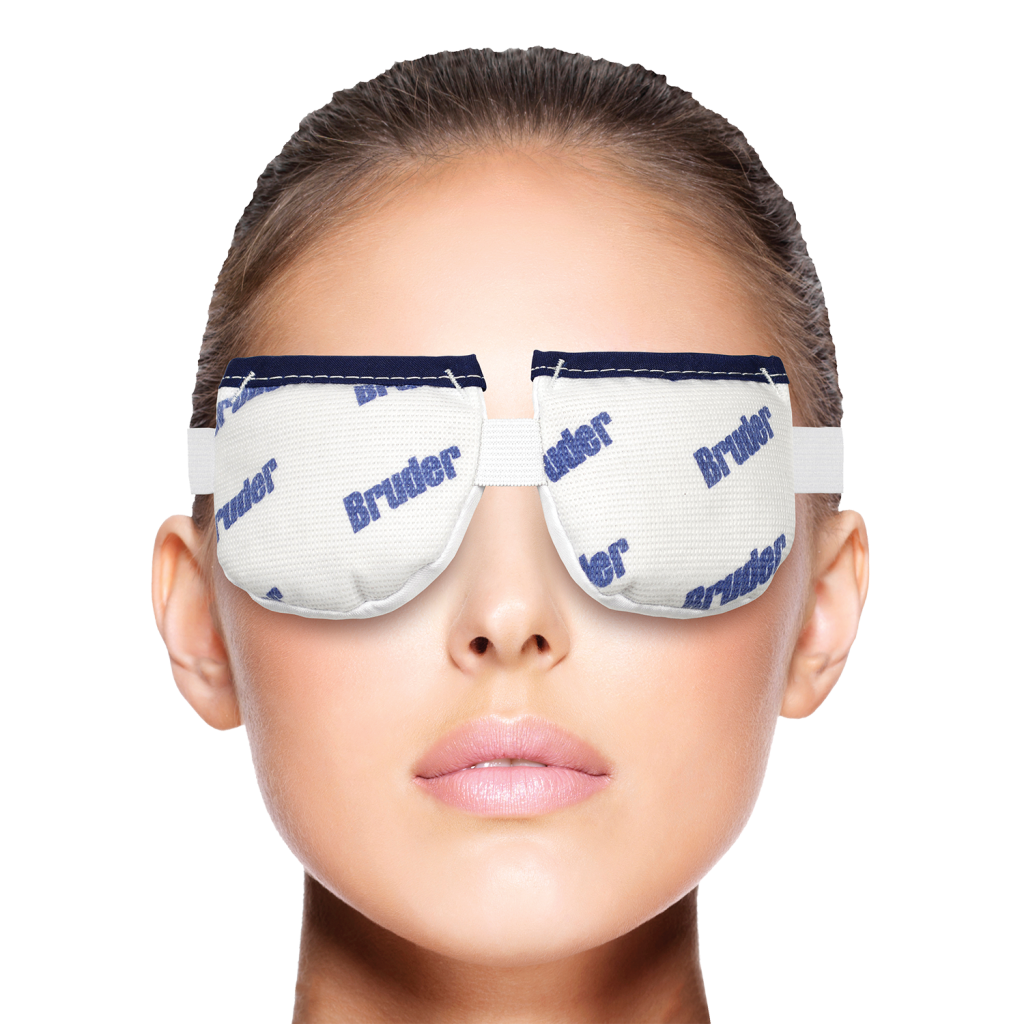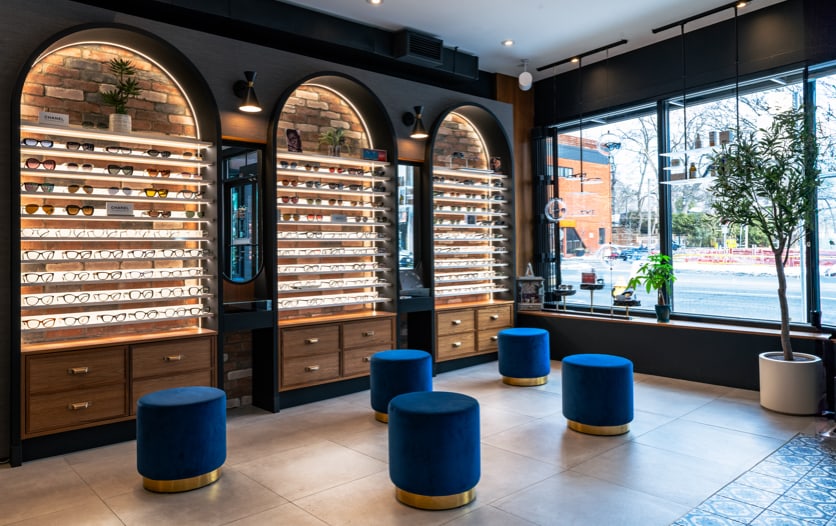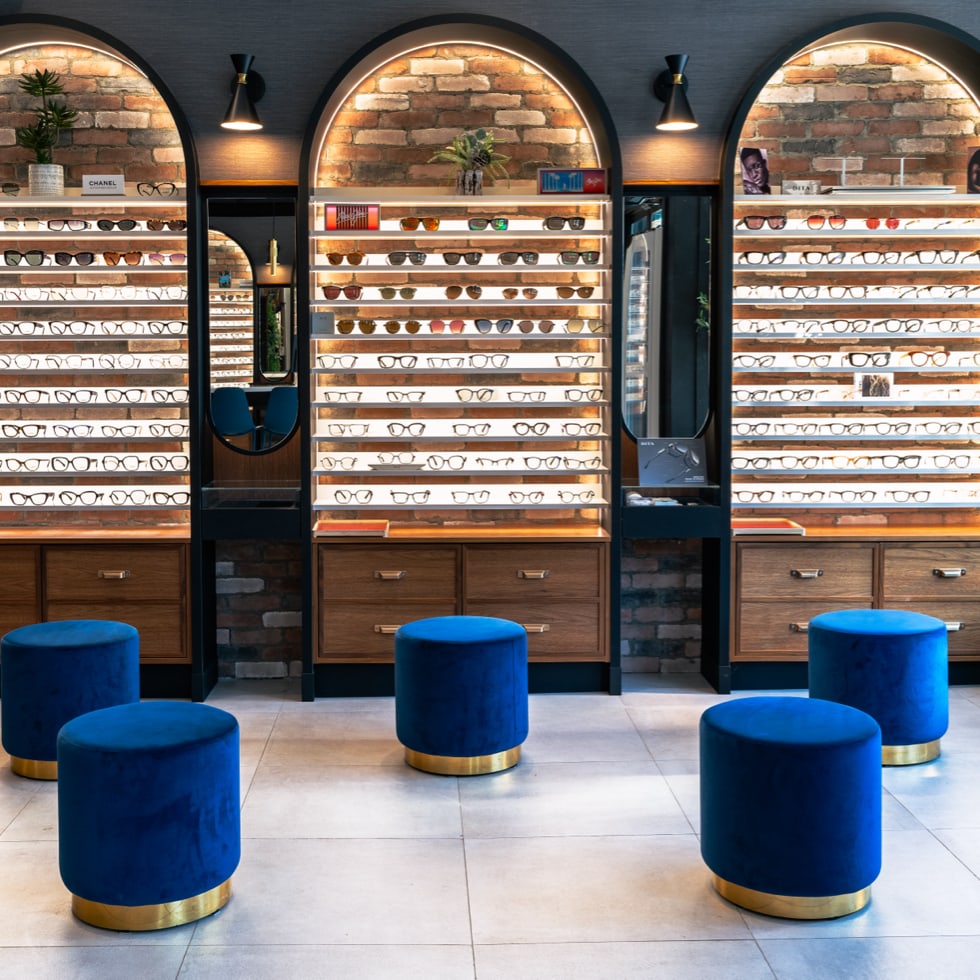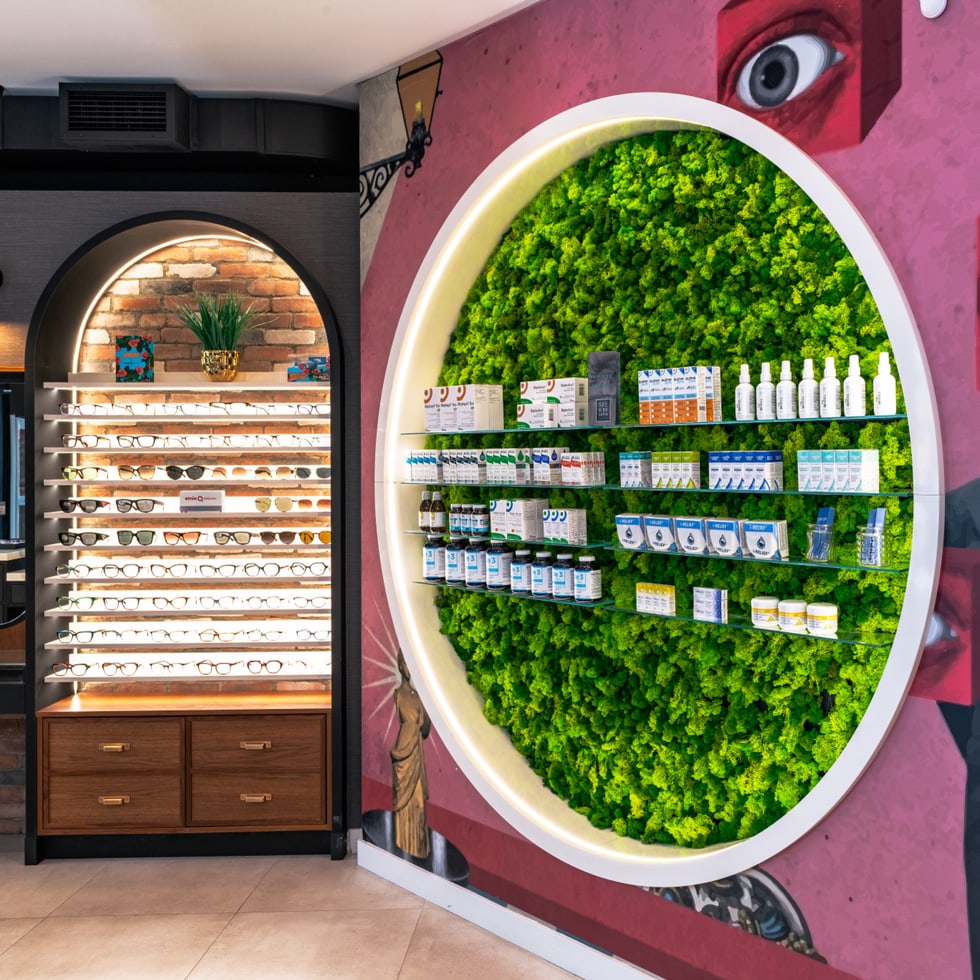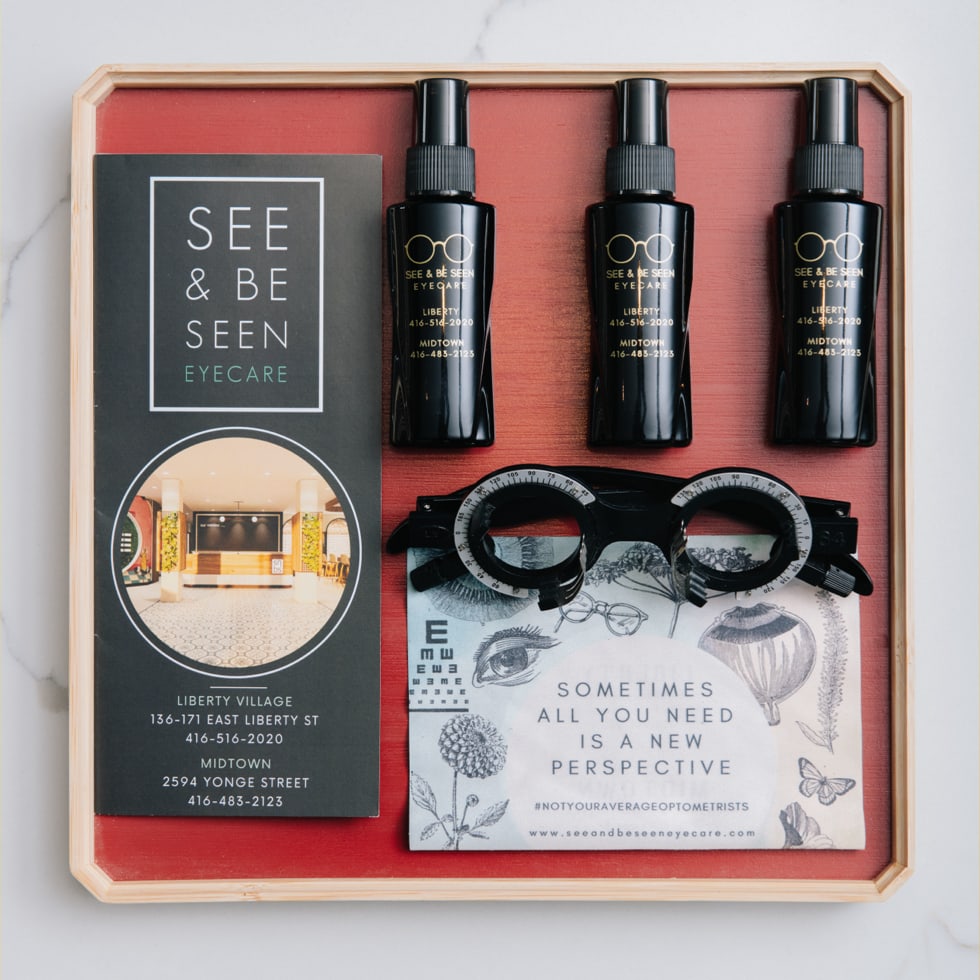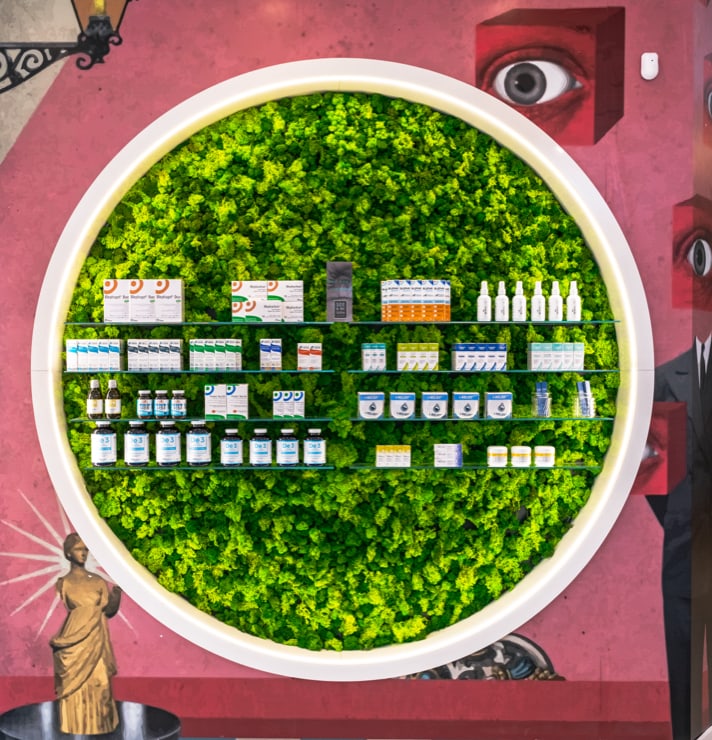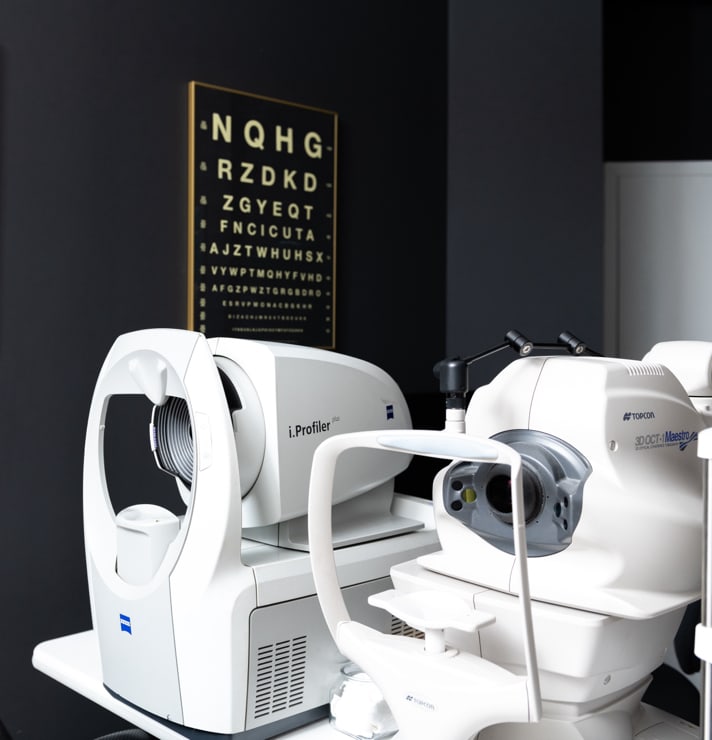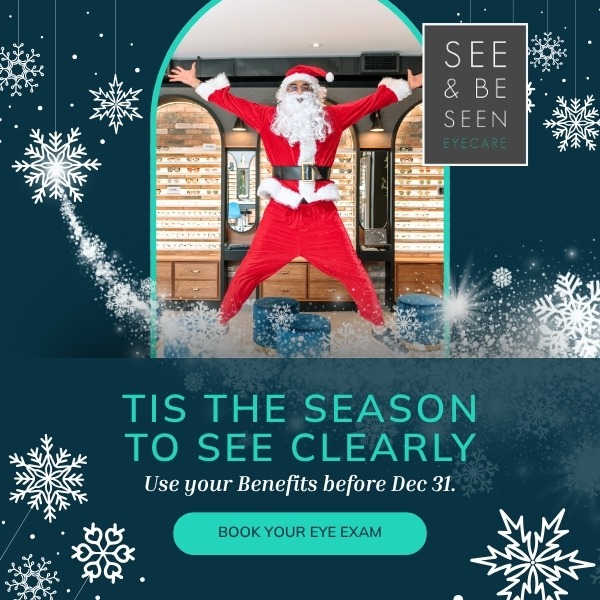If you’re struggling with dry eyes, the solution might be simpler than you think—eye masks! It’s no wonder why they have gained traction in recent years as a way to treat dry eyes.
With their heat and moisture properties, eye masks can provide relief from irritated eyes for at least 6 hours of use daily over time—allowing you to stay comfortable while tackling your everyday activities.
While eye masks can be a helpful at-home treatment for mild cases of dry eye, chronic dry eyes may not go away with just at-home treatments. For persistent dry eyes, talk to your eye doctor about in-office treatments that can address the root cause of your symptoms.
How Eye Masks Can Relieve Dry Eye
Dry eye is a common condition that can make your eyes feel irritated and gritty. It happens when your eyes don’t produce enough tears or when they evaporate too quickly. It can be pretty uncomfortable, but there are many treatments available to help manage the symptoms and improve your eye comfort.
Eye masks designed specifically for dry eye can provide relief and improve eye health in several ways. They can help to maintain moisture in the eyes, reduce inflammation, and promote relaxation, all of which can help to alleviate symptoms of dry eye.
Additionally, using an eye mask can be a convenient and noninvasive way to manage dry eye, as it can be used at home and is small enough to take with you when travelling. By incorporating an eye mask into your regular self-care routine, you can take steps to prevent further dryness, discomfort, and potential damage to your eyes.
How to Choose an Eye Mask That’s Right for You
There are a variety of eye masks available to help alleviate discomfort from dry eyes. Choosing the right eye mask can be challenging due to the many options on the market. It’s important to consider factors such as the material of the mask, whether it can be heated or cooled, and if it has adjustable straps for a comfortable fit.
Some masks offer additional benefits like aromatherapy or light-blocking features. Finding the right eye mask and at-home therapy for your dry eyes can significantly improve relief and overall eye health.
Microwave-heated eye masks are a popular option that can be heated to a desired temperature and then placed on the eyes for around 10 minutes. However, for those on the go or without access to a microwave, self-heating eye masks can be a convenient alternative.
Heated Eye Masks
Eyegiene Mask: The Eyegiene mask is designed for those who prefer a quick and convenient option. This self-heating mask provides consistent, soothing heat to help relieve dry eye symptoms. It’s ideal for people who need a portable solution without the need for a microwave.
Bruder Eye Mask: The Bruder mask is a warm compress mask that uses moist heat to relieve discomfort from dry eyes, contact lens use, and digital device overuse. It works by stabilizing the tear film, improving oil gland function, and slowing tear evaporation. The mask absorbs water molecules from the air and releases them as clean, moist heat when microwaved, providing effective relief.
Dual-Mode Eye Masks
I-RELIEF Mask: The I-RELIEF mask can be used both hot and cold, offering versatility depending on your needs. When heated, it provides moist heat therapy to alleviate dry eye discomfort, and when chilled, it can reduce puffiness and inflammation. Its adjustable strap ensures a snug and comfortable fit.
Additionally, certain sleep masks or goggles can help people with severe dry eyes by trapping moisture and keeping the eyes hydrated. Whether you prefer a heated mask or one with dual functionalities, selecting the right eye mask is crucial for managing dry eye symptoms effectively.
The Pros & Cons of Dry Eye Masks
The pros of dry eye masks are that they can be a convenient, easy way to relieve dry eyes. They’re also affordable and non-invasive. The cons are that depending on the type of mask, it may not be able to provide enough relief for severe cases or may require frequent refills. Additionally, some masks may irritate the skin around the eyes with prolonged use.
Overall, self-heating eye masks are an effective and affordable way to treat chronic dry eyes symptoms without having to resort to more invasive treatments like medication or surgery. With proper use and care, these masks can help keep your eyes healthy and comfortable.
Benefits of Dry Eye Masks
1. Hydrating & Soothing: Dry eye masks are designed to provide instant relief to dry, gritty, and tired eyes. The gel or heat masks come with a hydrating mechanism that helps to soothe and hydrate the eyes, promoting better vision and comfort.
2. Convenient & Portable: Eye masks for dry eyes are incredibly convenient, easy to use, and can be taken anywhere. Cooling masks can be stored in a refrigerator or freezer to get the cooling effect that adds to their effectiveness. Heating masks are often microwavable.
3. All-Natural & Noninvasive: Most eye masks for dry eyes are made from natural, non-toxic materials. The masks are noninvasive, making them suitable for people who cannot tolerate eye drops or medications.
Drawbacks of Dry Eye Masks
1. Not for Everyone: Not all dry eyes are the same, and some people may not benefit from using eye masks. People with certain medical conditions, such as hypersensitivity, allergies, and glaucoma, should consult with their doctor before using them.
2. Short-Term Relief: Eye masks tend to provide short-term relief but do not address the underlying cause of dry eyes. Help from an experienced eye doctor may be needed to tackle the root causes of dry eyes.
3. Potential for Hygiene Concerns: It’s essential to maintain proper hygiene when using eye masks to reduce the risk of infection or irritation. Regular cleaning and replacement of the mask are important to ensure cleanliness.
Tips for Using Your Dry Eye Mask
When choosing an eye mask, look for one that fits comfortably and securely over your eyes to avoid any discomfort or irritation. Additionally, consider adding heat therapy to your routine. This can help to stimulate the oil glands in your eyelids, which can improve symptoms of dry eyes.
Heat therapy for dry eye can be an effective method to alleviate symptoms and provide relief. When warm compresses are applied to the eyes, they help to clear blockages in the meibomian glands, which are responsible for producing the oil layer of tears. By opening up these glands, heat therapy allows for better oil flow, improving tear film stability and reducing the discomfort associated with dry eyes.
How to Clean & Care for Your Eye Mask
While dry eye masks can provide much-needed relief, it’s essential to keep these eye care tools clean and well-maintained. To start, check the manufacturer’s instructions for any specific care guidelines. Most eye masks can be hand-washed in cool water with a mild detergent.
If the mask has a removable cover, wash it separately. Make sure to thoroughly rinse and air dry before using it again. Avoid using harsh chemicals or putting it in the dryer, as this can damage the mask. Also, avoid overheating your eye mask to prevent burns or discomfort. Lastly, do not share your eye mask with anyone else to prevent the spread of germs or infections.
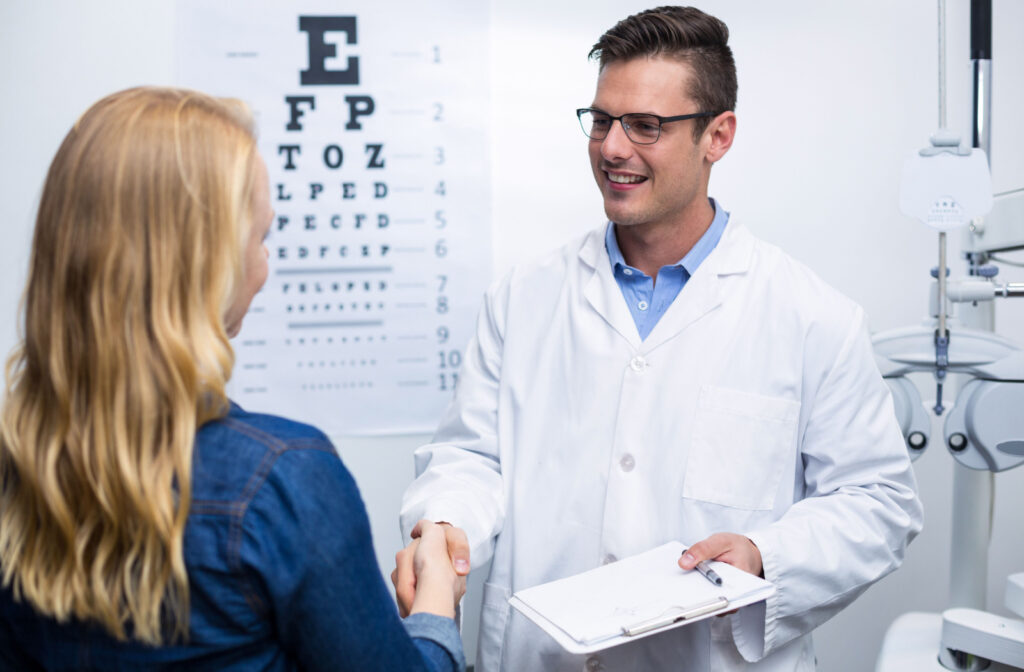
Consult with an Optometrist for Dry Eye Care
Eye masks are just one option among many for dry eye treatment. For guidance on the best dry eye treatment for your needs, visit us at See & Be Seen Eyecare. Our eye doctors have extensive experience with dry eye therapy. We can help you explore your options for dry eye care and discover the path to lasting relief. Book an appointment today to learn more.

